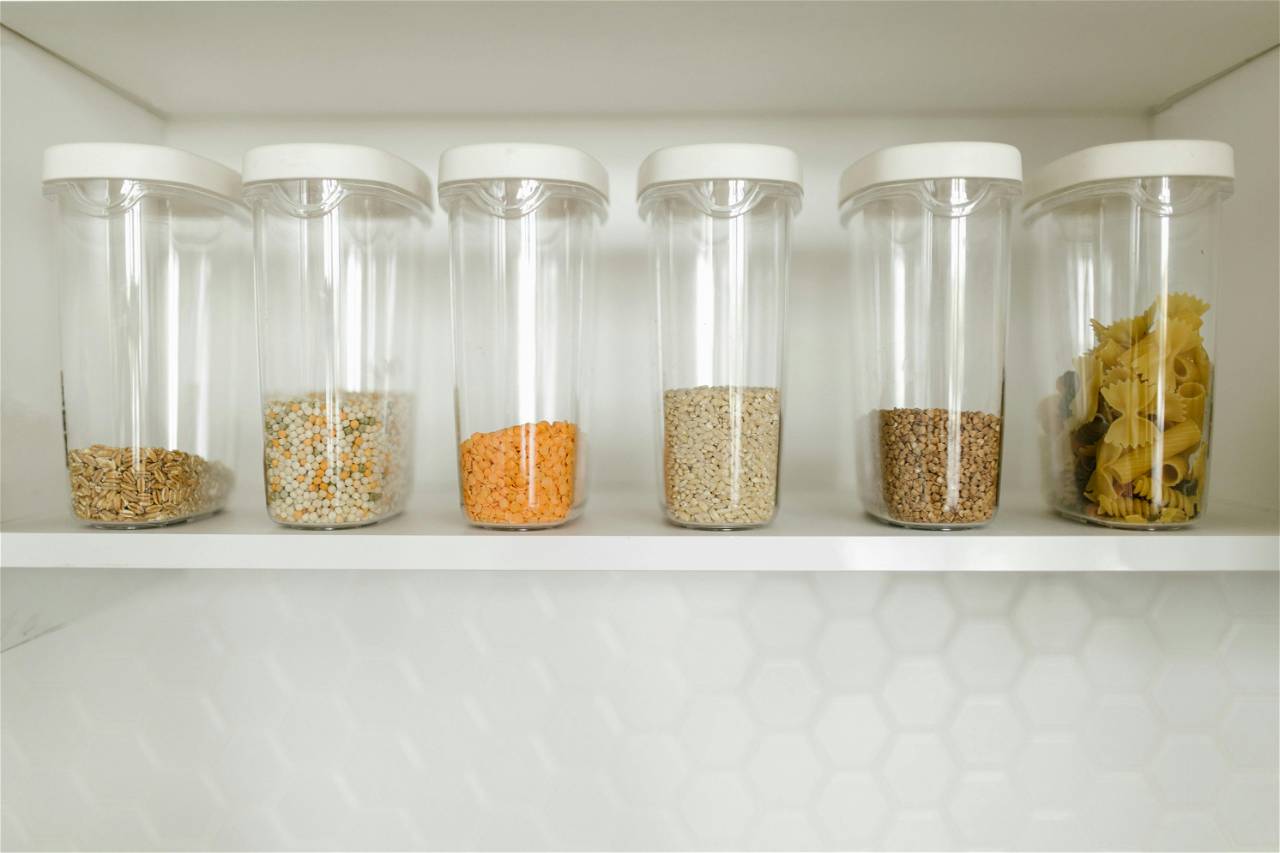
Rodents are a diverse and ubiquitous group of mammals found in nearly every terrestrial environment on Earth, from the snowy heights of the Arctic tundra to the arid extremes of deserts. Belonging to the order Rodentia, they are characterized by a single pair of continuously growing incisors in both their upper and lower jaws, which they use for gnawing. This order includes a wide variety of species, such as mice, rats, squirrels, and beavers, all of which play significant roles in their ecosystems.
In India, there are 103 rodent species distributed across 46 genera and 4 families, with the family Muridae alone comprising 56 species; among these, 13 species are particularly significant. Many rodent species are also known as pests due to their tendency to invade human habitats, where they can cause substantial agricultural damage, contaminate food supplies, and spread diseases. The lesser bandicoot (Bandicota bengalensis) is a major pest in irrigated crop fields. The Indian gerbil (Tatera indica), soft-furred field rat (Millardia meltada), and field mouse (Mus booduga) are widespread in both irrigated and dryland crops.
Meanwhile, the house rat (Rattus rattus) and house mouse (Mus musculus) are the primary commensal pests found in homes. Despite their negative impacts, rodents are essential to many ecological processes, including seed dispersal and soil aeration, highlighting their complex relationship with humans and the environment.
Rodent infestation in storage houses poses a significant threat to stored grains and commodities, leading to substantial economic losses and health risks. These pests are adept at infiltrating storage facilities, where they contaminate food supplies with their feces, urine, and fur, and cause direct damage by gnawing on packaging and food products. Rodents, such as rats and mice, are notorious for their rapid reproduction and ability to adapt to various environments, making them challenging to control. Their presence in storage houses not only degrades the quality and safety of stored items but also acts as a vector for various diseases, potentially impacting human health.
Addressing rodent infestations requires a comprehensive approach that includes sanitation, exclusion, and effective pest management strategies to protect stored goods and ensure food security. Here are some effective strategies for rodent control in stored grain houses:
-
Preventive Measures:
-
Ensure that the storage facility is well-constructed and maintained. Seal cracks and gaps in walls, floors, and ceilings with materials like steel wool, metal mesh, concrete and cement or treat them with rodenticide to prevent rodent entry. Install rodent-proof doors and windows.
-
Keep the storage area clean and free of spilled grain and debris, which can attract rodents. Regularly sweep and clean the facility.
-
Store grain in rodent-proof containers or silos. Use pallets to keep grain bags off the floor and away from walls.
-
Exclusion Techniques:
-
Install metal or heavy-duty plastic barriers to block entry points. Use metal mesh or wire screens on vents and openings.
-
Ensure doors and windows close tightly. Use door sweeps and weather stripping to seal gaps under doors and around windows. Put galvanized wire meshes (24 gauge) to windows and ventilators and fix them tightly.
-
Monitoring and Inspection:
-
Conduct routine inspections of the facility to identify signs of rodent activity, such as droppings, gnaw marks, and burrows. Repair any points that have been re-opened by rats.
-
Set up bait stations or traps around the facility to monitor rodent activity and populations. Place them in areas where you’ve seen signs of rodents, such as along walls and near entry points.
-
Control Methods:
-
Use snap traps, glue traps, and live traps to catch rodents. Place traps in areas with signs of activity. Use wooden/wonder traps at right angles to the wall, with the baited end of the trap closest to the wall of room visited frequently by rats as evidenced by their droppings, chewed entry holes or where we hear night time activity. Check and reset traps regularly.
-
Use rodenticides such as Zinc phosphide or Bromadialone @ 10-20g in protected bait containers on the runways of rats in the evening or put them in the burrows to prevent accidental exposure to pets and children. Follow all safety guidelines and regulations.
-
Consider using ultrasonic devices that emit high-frequency sounds to deter rodents. Note that their effectiveness can vary and should be used as a supplementary measure.
-
Integrated Pest Management (IPM):
-
Implementation of an IPM plan that combines multiple control strategies, including sanitation, exclusion, monitoring, and direct control methods can help in better and effective management of the rats in the store grain houses.
-
Educate the staff members about rodent control measures and the importance of maintaining a rodent-free environment in the stored grain facilities.
-
Professional Assistance:
-
If there is severe rodent problem in the facility which cannot be controlled at personal level, consider hiring professional pest control services for regular inspections, monitoring, and treatment. Professionals have access to advanced tools and techniques for effective rodent management.
-
Environmental Management:
-
Maintain the area around the storage facility by trimming vegetation, removing the weeds or any other dense vegetation around the facility by spray of weedicides and removing debris that could provide shelter for rodents.
-
Ensure proper drainage around the facility to avoid creating water sources that can attract rodents. Put metal guard or wire mesh guard (24 gauge) around drainage canals, sewers, gutter or any drains to avoid the entry of the rodents.
By combining these strategies, rodents can be effectively controlled in the stored grain facilities. Regular monitoring and prompt action at the first signs of rodent activity are crucial for keeping stored grain facilities rodent-free.














Share your comments